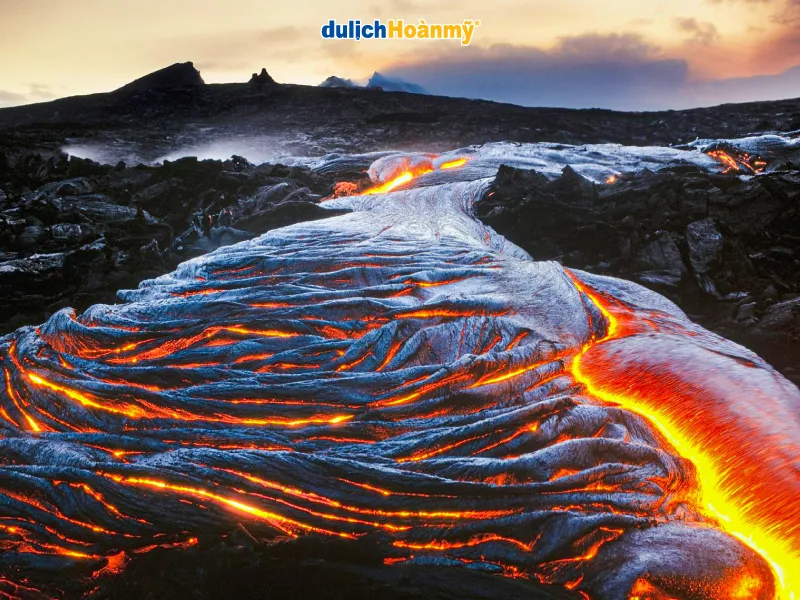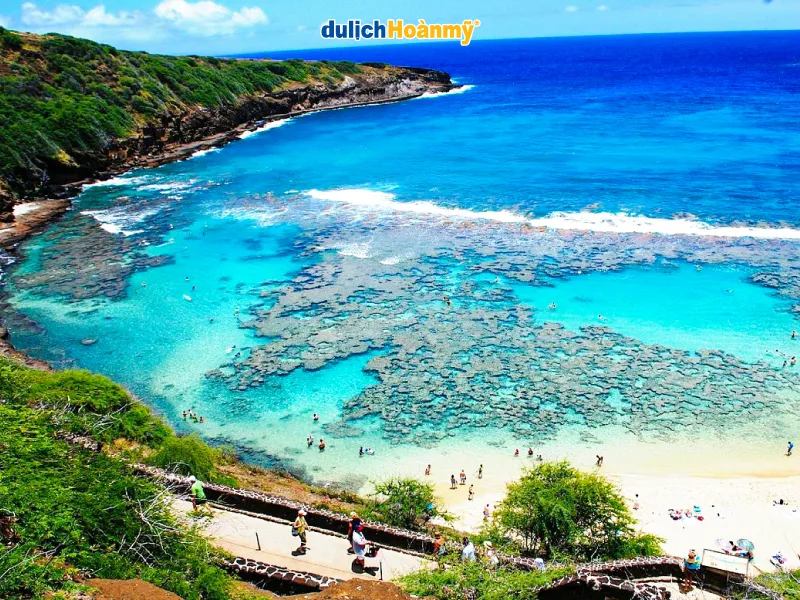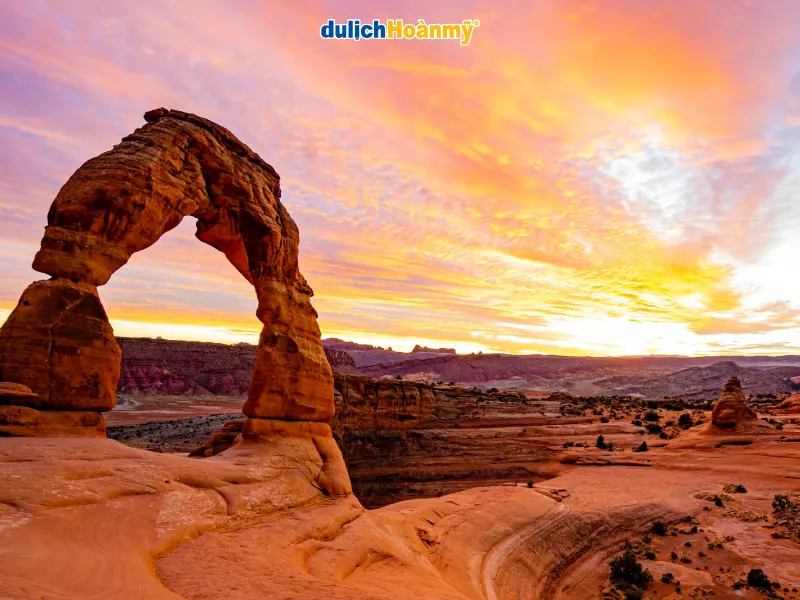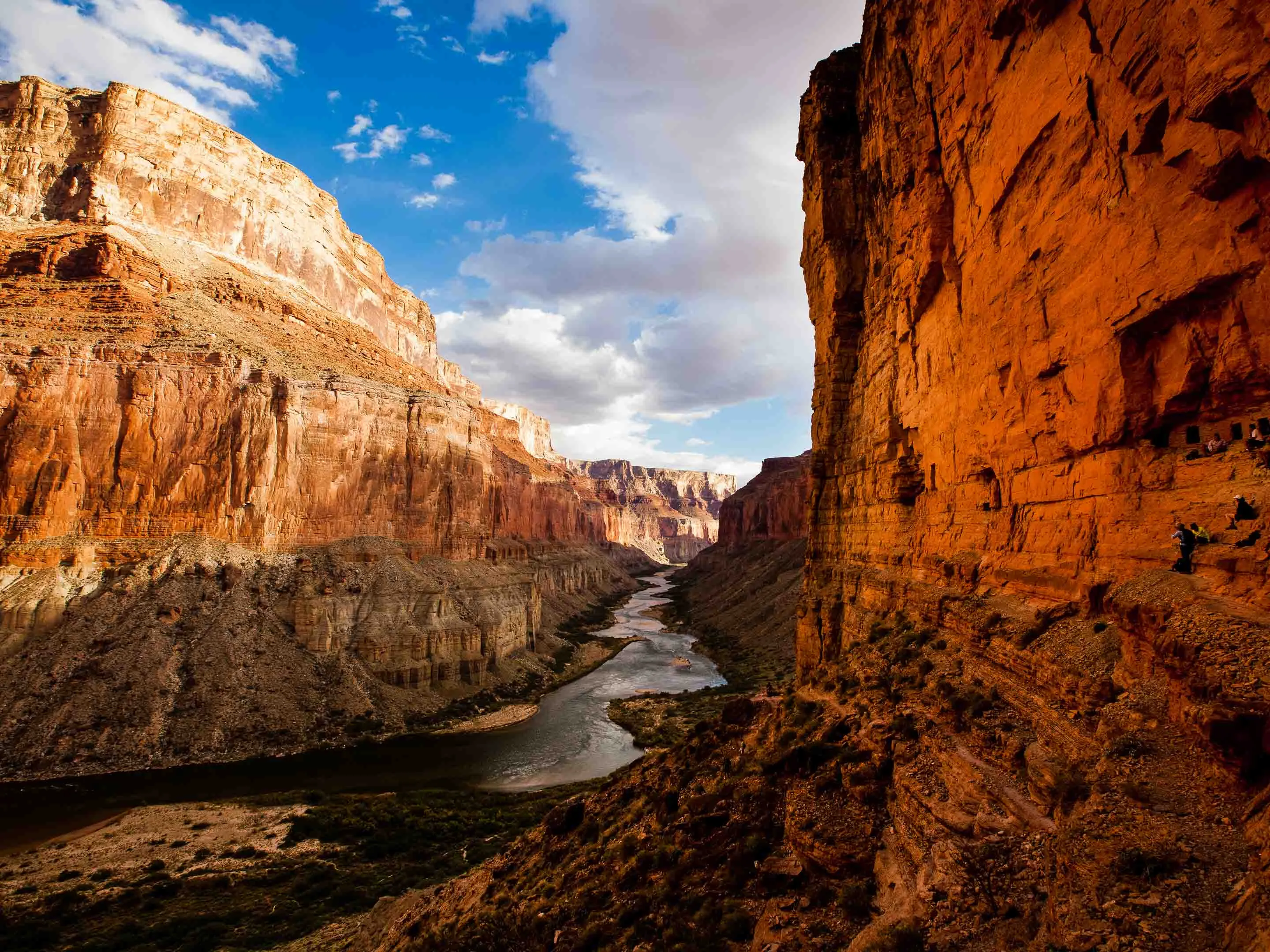Have you ever dreamed of escaping the hustle and bustle of urban life and immersing yourself in the pristine beauty of nature? Oregon, with its majestic mountain ranges and lush green forests, is the perfect destination for those seeking tranquility and unique exploratory experiences. Notably, the mountains of Oregon are home to countless clear, cold springs that offer incredible refreshment and soothing for the soul. But how can you find these hidden gems? Join us at Travel the World as we explore how to find cold springs in Oregon’s mountains and gear up for an exciting adventure!
Oregon is not only famous for its splendid Pacific coastline or bustling cities like Portland, but it’s also a paradise for outdoor enthusiasts. The mountainous regions spread across the state are a gathering point for a plethora of diverse ecosystems, from vast pine forests to icy lakes, and especially the invigorating cold springs. These springs are not just precious water resources but also attractive destinations for hiking, camping, and relaxing in the wild.
Tips for Locating “Cold Gems” Amidst Oregon’s Mountains
To embark on your quest for cold springs in Oregon’s mountains, thorough preparation is absolutely essential. Here are some valuable tips and tools to help you pinpoint and explore these incredible spots:
1. Topographic Maps and Supporting Apps: The “Compass” of the Modern Era
In the digital age, traditional paper maps still hold an important role, but the addition of digital map applications can make your journey easier and more efficient.
- Topographic maps: Detailed topographic maps are indispensable. They provide information about elevation, terrain, routes, and especially water systems. Seek out topographic maps of the Oregon mountain regions you wish to explore. Agencies like the US Forest Service or Bureau of Land Management often provide free or affordable public maps.
- Digital map apps: Applications such as Gaia GPS, AllTrails, or Caltopo are indispensable “assistants.” They not only display detailed topographic maps but also allow you to download offline maps for use when there’s no internet connection. Many apps also integrate GPS functions, record routes, and share locations, which is very useful for safe exploration.
- Google Maps: Although not particularly specialized for mountainous terrain, Google Maps is useful for getting an overview of an area, determining the nearest access routes, and searching for nearby tourist spots.

2. Online Research and Online Communities: Tapping into a “Treasure Trove” of Information
The Internet is an endless source of information. Leverage the power of search engines and online communities to gather information about cold springs in Oregon’s mountains:
- Travel websites and personal blogs: Travel websites focusing on Oregon or personal blogs by adventure enthusiasts often share experiences of discovering hidden springs and waterfalls. Look for articles with keywords like “hiking Oregon streams,” “cold water swimming Oregon mountains,” “best swimming holes Oregon.”
- Forums and social media groups: Travel forums, Facebook groups, or Reddit communities about Oregon travel are great places to ask questions, share information, and learn from the experiences of others. Join these communities and ask specific questions about areas of interest.
- Government and management agency websites: Websites of the US Forest Service, Bureau of Land Management, or Oregon Parks and Recreation Department provide official information about protected areas, regulations, and sometimes lists of attractions, including springs.

3. Seek Advice from Locals and Tourist Information Centers: The Invaluable “Living Map”
Nothing beats the understanding and experience of local residents. When you arrive near the Oregon mountain area you wish to explore, don’t hesitate to seek help from:
- Tourist information centers: Local tourist information centers typically have staff knowledgeable about the area and can provide maps, brochures, and useful advice about springs, hiking trails, and weather conditions.
- Park rangers and park management: If visiting national parks or preserves, speak with park rangers or park management staff. They possess extensive knowledge about the terrain and exciting destinations in the area.
- Local residents: People living near mountainous areas often have “secrets” about lesser-known springs. Inquire with your innkeeper, shopkeepers, or people you meet on your journey. They might share invaluable information that you can’t find online.

Some Suggested “Golden Coordinates” for Cold Springs in Oregon
While discovering and finding new springs is part of the adventure’s allure, Travel the World also suggests a few well-known places to get you started on your journey:
- Umpqua Hot Springs: Located in Umpqua National Forest, this area is famous for natural hot springs but also features clear cold springs flowing through beautiful old-growth forests.
- Deschutes River: Known for salmon fishing and kayaking, but along the riverbanks, there are many areas with cold springs ideal for swimming and relaxing.
- Clackamas River: Flowing through Mount Hood National Forest, it’s a favorite spot for locals to escape the summer heat. There are many safe, easily accessible swimming areas along the river.
- Alsea Falls: Alsea Falls not only features majestic waterfalls but also has small surrounding pools and springs, creating diverse and appealing natural scenery.
- Trillium Lake: Situated at the base of Mount Hood, this lake is an ideal spot for camping and exploration. Surrounding the lake are several small streams providing vibrant ecosystems for wildlife.

Important Notes for a Safe and Complete Journey
Exploring cold springs in Oregon’s mountains is an amazing experience, but to ensure safety and environmental protection, remember these notes:
- Check the weather: Mountain weather can change rapidly. Check the forecast before you go and prepare appropriate clothing.
- Travel in groups and inform family: Avoid going alone, especially in remote areas. Travel with friends or family, and inform loved ones about your itinerary.
- Bring enough water and food: Make sure you carry enough drinking water and snacks for the day. While stream water may appear clear and clean, it’s best to bring bottled water.
- Be properly equipped: Hiking boots, waterproof jackets, hats, sunscreen, insect repellent, a first aid kit, and a flashlight are essential items.
- Follow regulations and signs: Comply with the rules of national parks or reserves. Don’t litter, make noise, or disrupt the natural environment.
- Be careful when swimming: The water can be very cold and the current strong. Choose safe swimming areas and always supervise children.
- Respect nature: Keep the area clean, do not damage plants, and do not disturb wildlife. Take all your trash with you and dispose of it properly.

Conclusion: Quest for Refreshing “Life Sources”
How to find cold springs in Oregon’s mountains is more than just a natural exploration; it’s a journey to connect with yourself and the world around you. From preparing maps, researching information, to listening to locals’ experiences, each step brings valuable experiences and lessons. Plan your trip today, and let Travel the World accompany you on the journey to conquer the hidden “cold gems” amidst Oregon’s mountains! Surely, the refreshment of cool water and the pristine beauty of nature will be a well-deserved reward for all your exploration efforts.